Mozart over and over again: In the last blog two weeks ago, we discussed a small rhythmic problem in his d-minor string quartet, today the focus is on a questionable accidental in one of his best-known piano works. An interesting client enquiry brought to our attention the following spot in Mozart’s Twelve Variations on “Ah, vous dirai-je Maman” K. 265.
It has to do specifically with the 2nd variation that looks as a whole like this: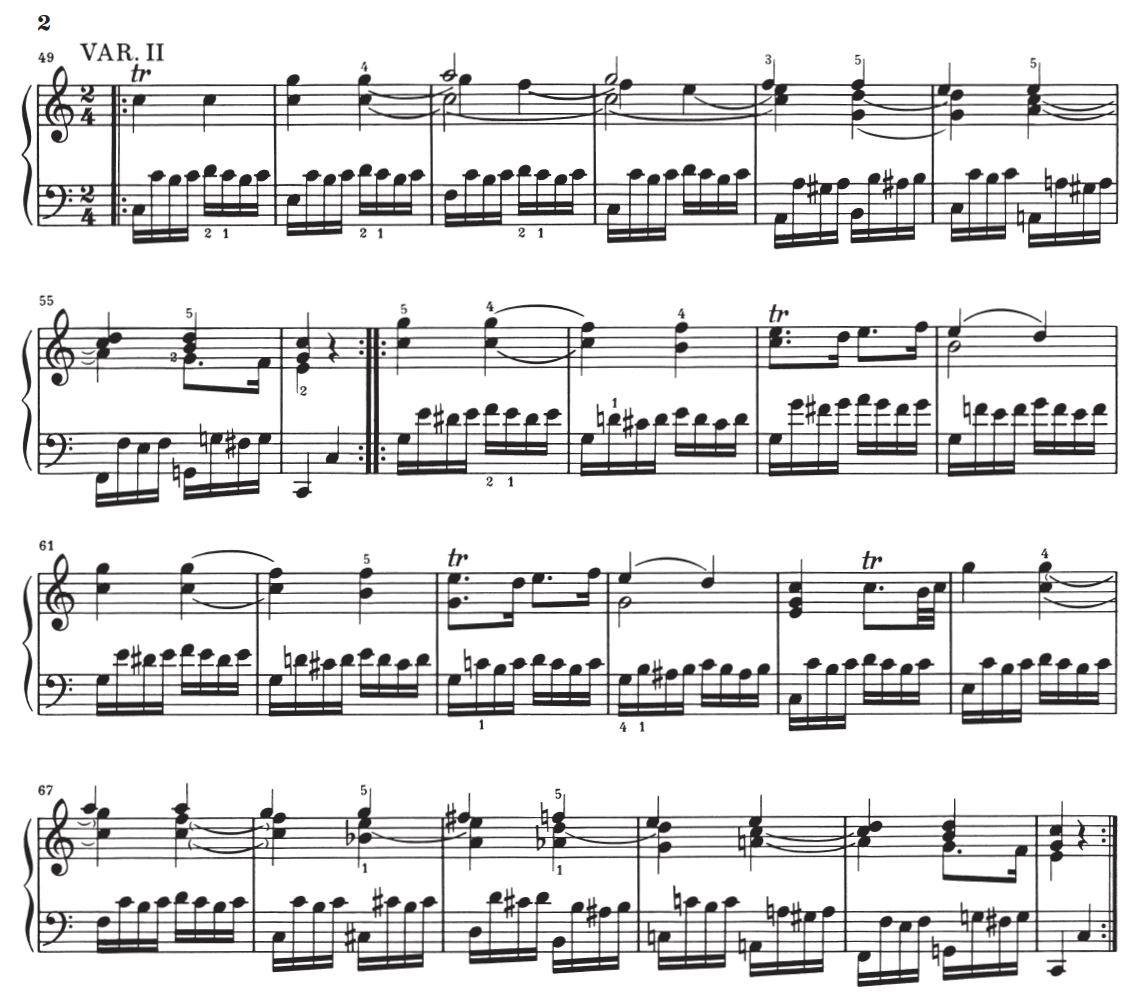
(Click on image to enlarge)
In this variation Mozart contrasts the quiet theme in the right hand with the left-hand’s exuberant 16th-note motion in which lower and upper neighbouring notes are played around the respective main note. In the process the lower neighbouring note is always a minor second, that is, there is a half-tone step down between the 2nd and 3rd notes in each group of four: c–b–c, a–g sharp–a, b–a sharp–b, f–e–f, g–f sharp–g, and so forth.
But – always, really…? No, m. 68 plays a trick on us: the 2nd group reads here c sharp–c sharp1–b–c sharp1, so, going down a whole-tone step as an exception. Intention or mistake? Shouldn’t it also consistently be b sharp? Is there a sharp missing before the b? The resulting false relation b sharp in the left hand against the b flat in the right hand would be no problem, we can compare, for instance, the same in the next measure, completely analogous to an a sharp in the left hand against a flat in the right.
The language in the sources is clear, especially in Mozart’s autograph. It is only fragmentarily extant, but luckily for us contains variation 2 – without a sharp before the b:
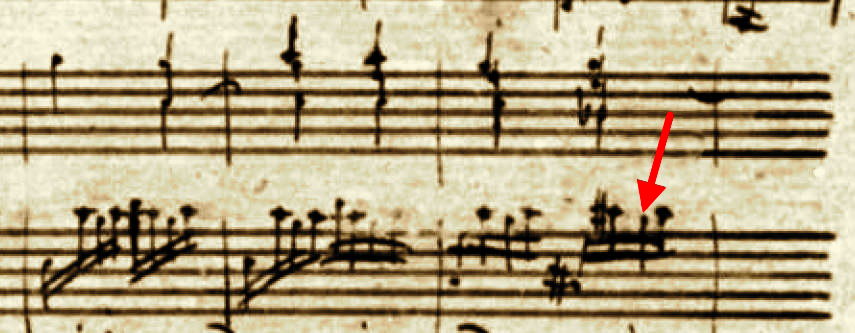
K. 265, Autograph (detail)
Also, all the printed editions appearing in Mozart’s lifetime (and documenting the great popularity of his composition), consistently notate b natural, not b sharp:
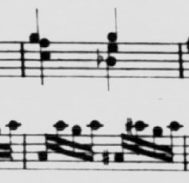
First edition by Torricella, Vienna 1785
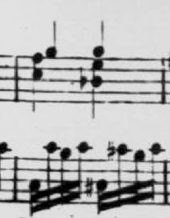
Edition by Artaria, Vienna 1787
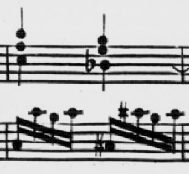
Edition by Bossler, Speyer 1787
And if that’s not evidence enough, let’s consider the 12th variation… Here Mozart again reverts to the same playing figure in the left hand (now in the 3/4 time), and m. 308 clearly has the b, consistent with all the sources:

(Click on image to enlarge)
So the b natural is philologically watertight, and also none of the modern editions known to me (amongst them also the Neue Mozart Ausgabe, Wiener Urtext and Peters) has seen fit to add a (bracketed) sharp before the b or at least a footnote. And yet there remains a hint of doubt, for the b sharp sounds unquestionably good and would actually be obvious in the musical context, as described above.
And what do the interpreters say? A YouTube research yielded in fact some hits in favour of b sharp – amongst the most notable pianists is the delightful Fazıl Say:
What would you prefer to play? To b or not to b…? Leave us a comment!

When one compares this to the analogous A#’s in measure 53 and 69, it becomes even more likely that it should read B#.
Questionable accidentals in this and similar figures occur in profusion in Mozart’s solo piano sonatas: for example, the New Mozart Edition marks many in the third movement of K. 284: Var. 4, measures 6, 7, 10, and 16 and Var. 12 measures 9, 15, 28, 31, 35, and 37.
We all have our “pet” mistakes, and this seems to be Mozart’s.
In my opinion, Mozart was not always exact in notating chromatic lower neighbors, for example, in the Piano Concerto in C Major, K. 415/III, m. 167, the lower neighbor is written as a-natural in the piano part, but when the piano and strings switch roles in the succeeding measures, the corresponding passage in m. 171 contains instead an a-sharp. This suggests that the pianist should play an a-sharp instead of as written. Also, in the Piano Sonata in D Major, K. 284/III, Var. VII, m. 6, the autograph contains a sharp sign on the note following the trill, but (as mentioned in the Henle edition), this was likely an error in notation for a double-sharp, as it was corrected in the first edition to a double-sharp.